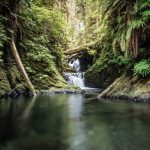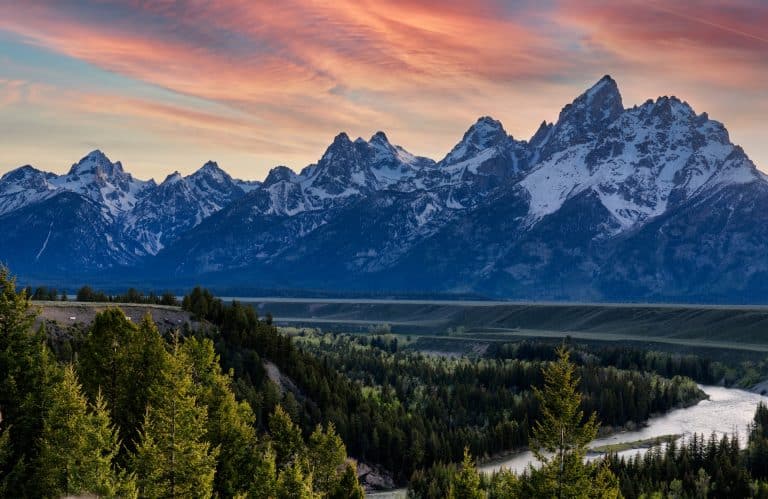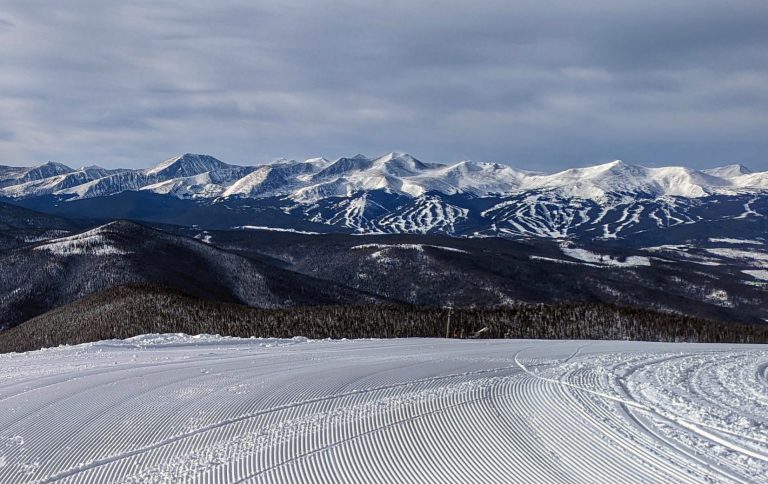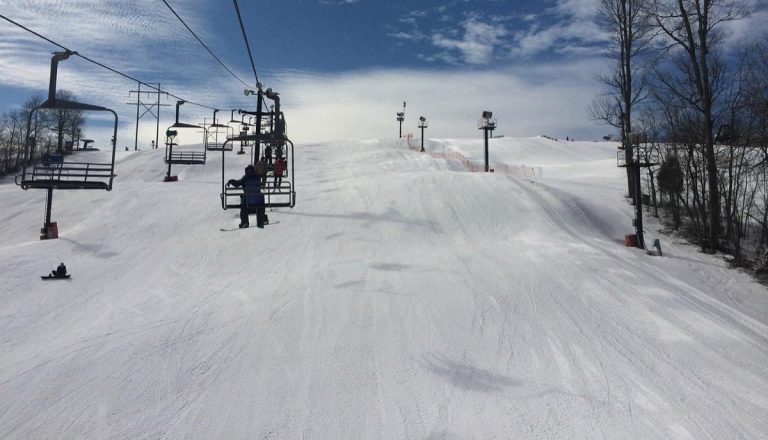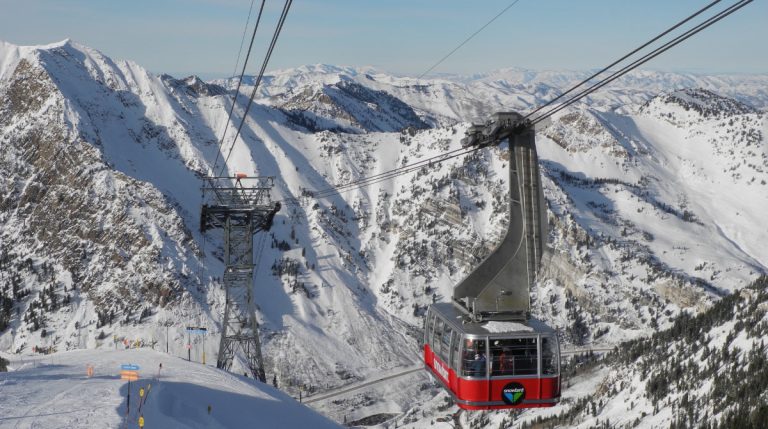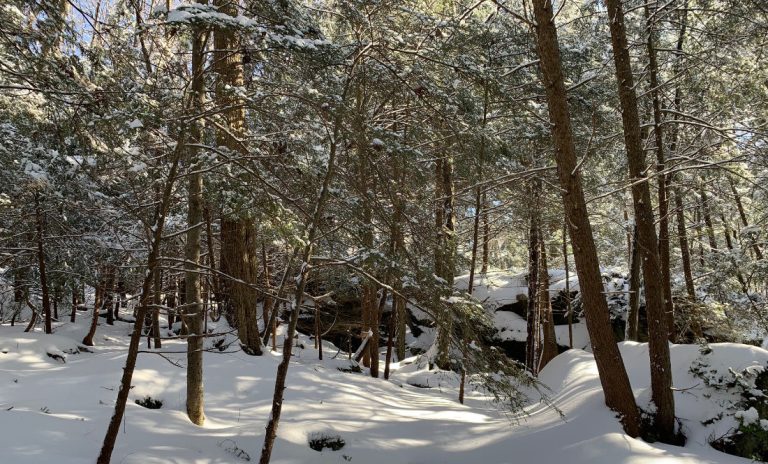Hiking the Sol Duc Falls Trail in Olympic National Park
Sol Duc Falls is a beautiful waterfall located in the Sol Duc Valley of Olympic National Park. The falls are approximately 50 feet high and fed by the Sol Duc River.
This flat trail to the falls is a 1.6-mile round trip hike that is considered to be fairly easy. The Sol Duc Falls Trail starts at the Sol Duc Hot Springs Resort and follows the Sol Duc River, passing through old-growth forest and crossing several streams along the way.
The trail is well-maintained, well-marked, and suitable for most hikers. During the peak season, the trail can get crowded, so it is recommended to hike this trail early in the morning or later in the day to avoid the crowds whenever possible.
| Hiking Distance | 1.6 miles (2.7 km), round trip |
| Difficulty | Easy |
| Trail Type | Out and Back |
| Hiking Duration | 1-2 hours |
| Elevation Climb | 226 feet (69 m) |
| Dogs | Yes, leashed dogs allowed in Olympic National Park |
| Fees | No parking fee, just the National Park’s entrance fee. |
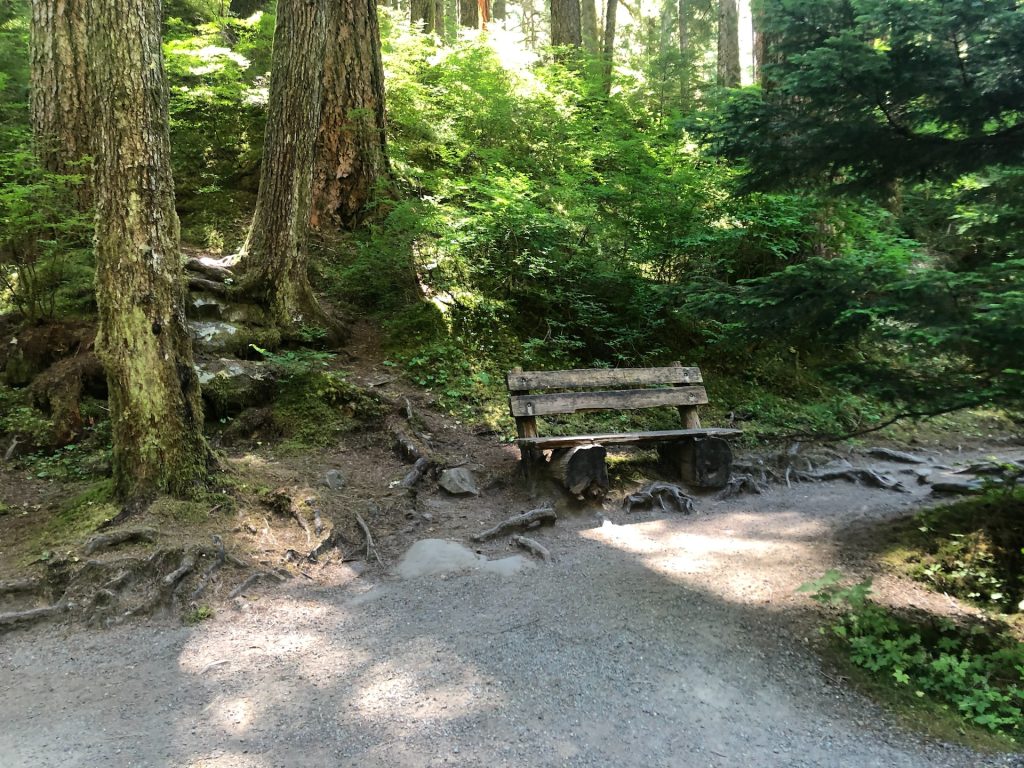
Getting to the Sol Duc Falls Trailhead

The Sol Duc Trailhead is off of highway US-101, roughly halfway between the towns of Port Angeles and Forks, WA.
The region of the trail is called the Sol Duc Valley, which is about 50 miles west of the Port Angeles, and 21 miles south of Lake Crescent. There is no national park entrance or visitor center at Lake Crescent or Sol Duc.
The parking lot for the trailhead is at the end of Sol Duc Road, about 2 miles past the entrance to the Hot Springs and Resort. There is ample parking at the trailhead of the Sol Duc Falls Trail – assuming you get here early and not at peak visitation time (10am to 4pm). The paved lot has room for dozens of vehicles.
The GPS coordinates to the trailhead (and parking lot) are 47.955249, -123.835839 (Google Maps link).
It’s worth noting that a National Park Pass is required to enter the park and that the park also charges an additional fee for parking at the trailhead, this fee is usually paid at the entrance station.
What You’ll See on the Sol Duc Falls Trail
The 1.6 mile round-trip nature trail follows the Sol Duc River, passing through old-growth forest and crossing several bridges along the way. The trailhead is located at the Sol Duc Hot Springs Resort, and the trail is clearly marked with signs and trail markers. The trail is a mix of gravel, dirt, and boardwalks. The trail is a loop, so you can return the same way or take a different path to see different views.
The trail also passes by two other smaller waterfalls, the Sol Duc Falls and the Deer Lake Falls (about 0.8 miles in), before reaching the main Sol Duc Falls.
Depending on water volume, Sol Duc Falls splits into as many as four channels as it cascades 48 feet (15 m) down into a narrow, rocky canyon below. There are numerous viewpoints of the waterfall, that can be reached by various offshoot trails – both upstream and down.
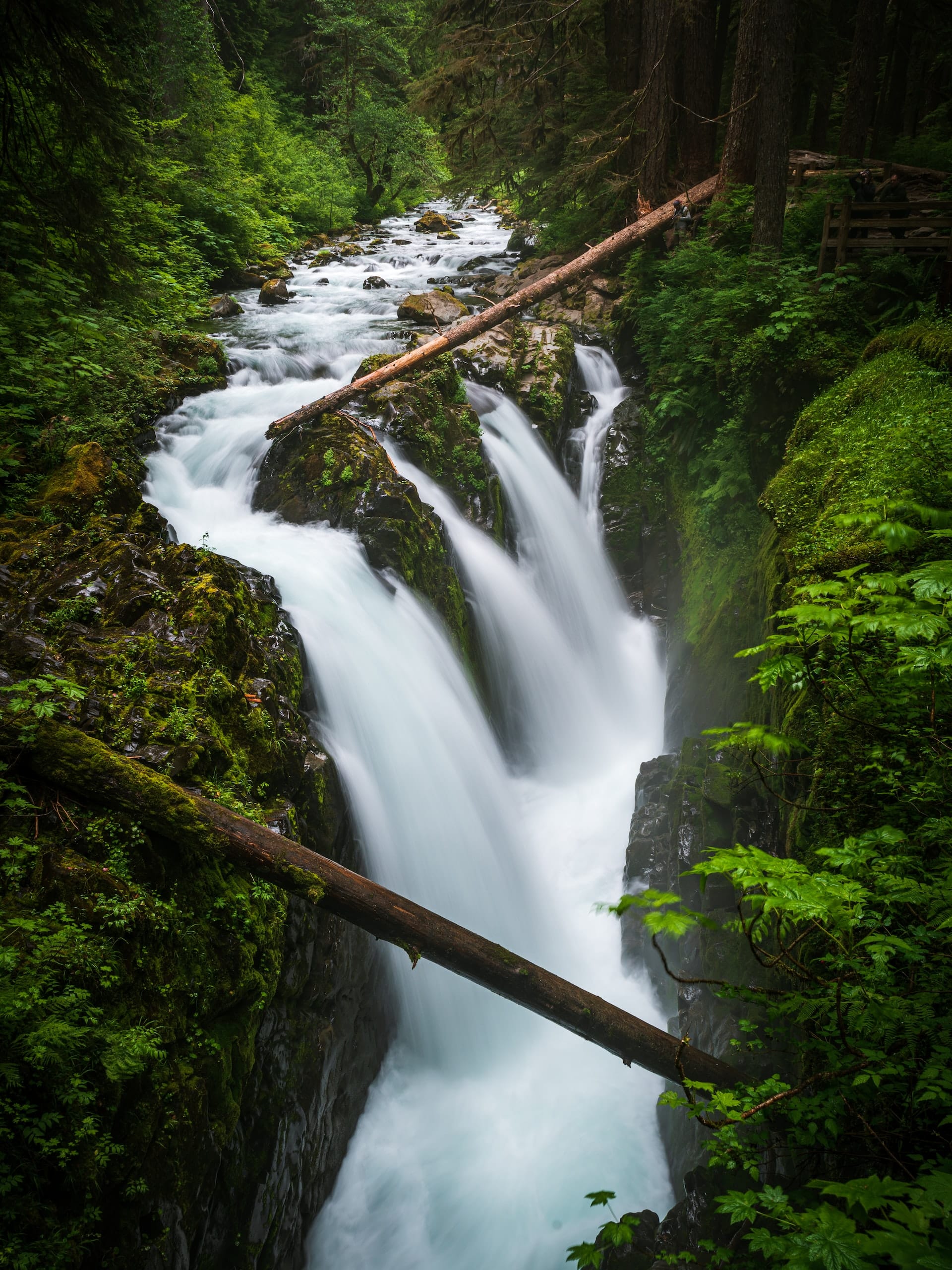
The Sol Duc Trail passes through an old-growth forest that is primarily composed of coniferous evergreen trees. On the trail, expect to see Douglas Firs, Western Hemlocks, Sitka Spruces and some Western Red Cedars.
The surrounding landscape is a great example of what a temperate old-growth forest looks like. Downed logs from decades ago give birth to newer trees, fungus, and moss. Lichens and moss hang off the limbs of so many of the trees in what looks like a rainforest from another world.
The largest trees you’ll pass along the trail will likely be the Douglas Firs, unless you continue up stream a bit after reaching the Sol Duc Falls. You can extend this trail into a 5.5-mile loop hike that goes past some of the largest Sitka spruce and western red cedar trees on the planet, upriver towards Lover’s Lane Trail & Falls.
When is it Best to Visit the Falls?
The best time to visit the falls is during the spring and early summer months, when the snow is melting and the river has the most volume of water. While this will make the falls their most spectacular, the trail itself will likely be muddy and slick in certain spots.
The peak of the summer vacation time (June-August) is also a good time to visit. The trail will usually be drier, and the weather is warmer. Unfortunately, this will also be the busiest time of the year, so you’ll likely encounter larger crowds on the trail and at the trailhead.
In autumn, the leaves start to change color and the weather is beginning to cool down, and the crowds begin to thin out. In winter, the trail is covered in snow and ice, making it difficult to hike without the right equipment. However, anyone willing to brave the elements will be rewarded with frozen water falls, which will be a unique treat.
Sol Duc History
The Sol Duc Falls is named after the Sol Duc River, which is the source of the waterfall. Sol Duc Valley used to be home to the Quillayute and Hoh tribes, who are the indigenous people of the area.
Before 1991, the accepted spelling of all features bearing this name was Soleduck (which you may see on old signage). Washington State approved the name change to Sol Duc because of its more accurate translation from the Quillayute word, meaning “magic waters”, from which it derives.
